5 awful home addition problems that make top construction pros wince – and how to avoid them when expanding the footprint of your home
Make sure your home addition adds value instead of draining your bank account due to poor design and structure


Taking on a home addition can be exhilarating, exciting, and daunting all at the same time. Done right, it will transform your home and the way you live in it, plus add thousands, if not tens or hundreds of thousands of dollars onto the property value.
But if it goes wrong, it will feel like a never-ending nightmare. To help you avoid the pitfalls, and especially because prevention is better than a cure on a costly home building project, our construction and interior pros reveal the top five awful things they spot in home additions that make them wince and how you can avoid them.
From poor workmanship and flow to damp, ventilation and roof flashing problems, avoid these home addition issues in your upcoming building project.
Don't get caught out by these awful addition snags
1. Style clash
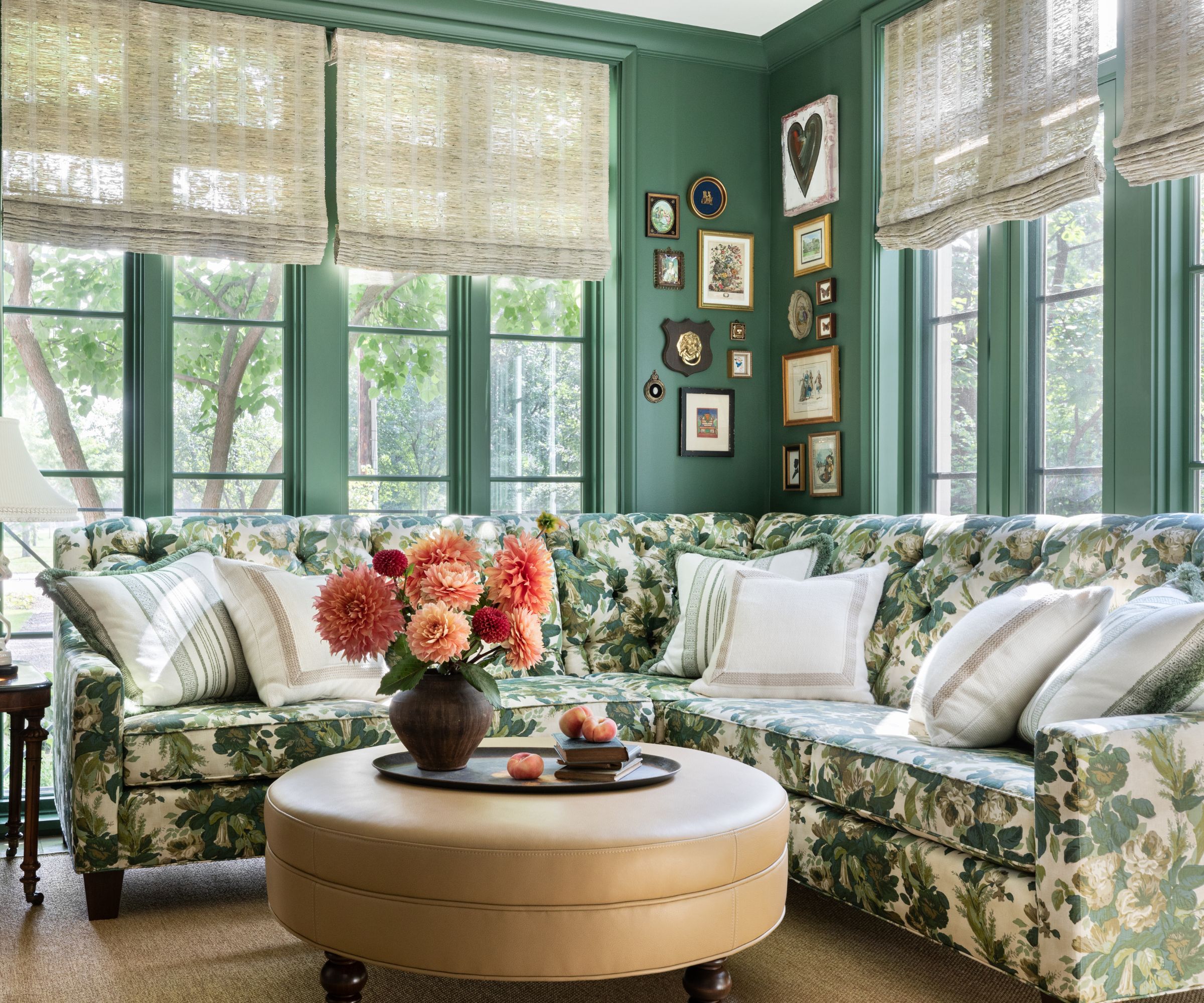
A beautifully put together and cohesive sunroom
Austin Skoog, owner of Sky Side Exteriors, is a premier siding contractor in Kalispell, Montana and has seen his fair share of home additions that fail to impress.
He says, 'Let's just say they weren't exactly architectural masterpieces. While some additions are planned to be seamless and enhance a home's value, others are, frankly, an eyesore.'
Some of the common issues Austin has seen include a failure to integrate old and new well. He explains, 'One of the most glaring problems is a stark contrast in style between the original house and the addition. A modern box stuck onto a Victorian cottage, for instance, is a recipe for disaster. It’s like trying to force a square peg into a round hole.'
David Silva, interior designer of home remodeling company HomRem says, 'I've seen a lot of home additions, both good and bad and one of the immediate red flags for me is the feeling of the structure. For example, the floors in the rest of the house can feel sturdy and normal, but as soon as you walk into the addition, it feels cheap and hollow.
Design expertise in your inbox – from inspiring decorating ideas and beautiful celebrity homes to practical gardening advice and shopping round-ups.
'Even if floors are the exact same material, the structure underneath makes them feel completely different. The same can be said for air quality. Bad additions usually have drafts and poor air conditioning that makes you feel like you stepped into a completely different house.'
Otherwise, poor integration of the original house and its new addition can stand out (badly) and impact function. Austin says, 'A good addition should flow seamlessly with the existing structure. It's about creating a cohesive look. When an addition sticks out like a sore thumb, it detracts from the overall appeal of the home.'
With his particular area of expertise, Austin is the first to spot any issues with the siding on a new home addition. He says, 'A poorly matched siding material or color can ruin the entire look of the house. It's essential to choose a siding that complements the existing exterior and withstands the local climate.'
Scot rounds, roofing expert, adds, 'I worked on a vinyl-sided addition awkwardly connected to the brick main house. The materials and style didn’t match, it was an eyesore.'
2. Poor insulation and ventilation
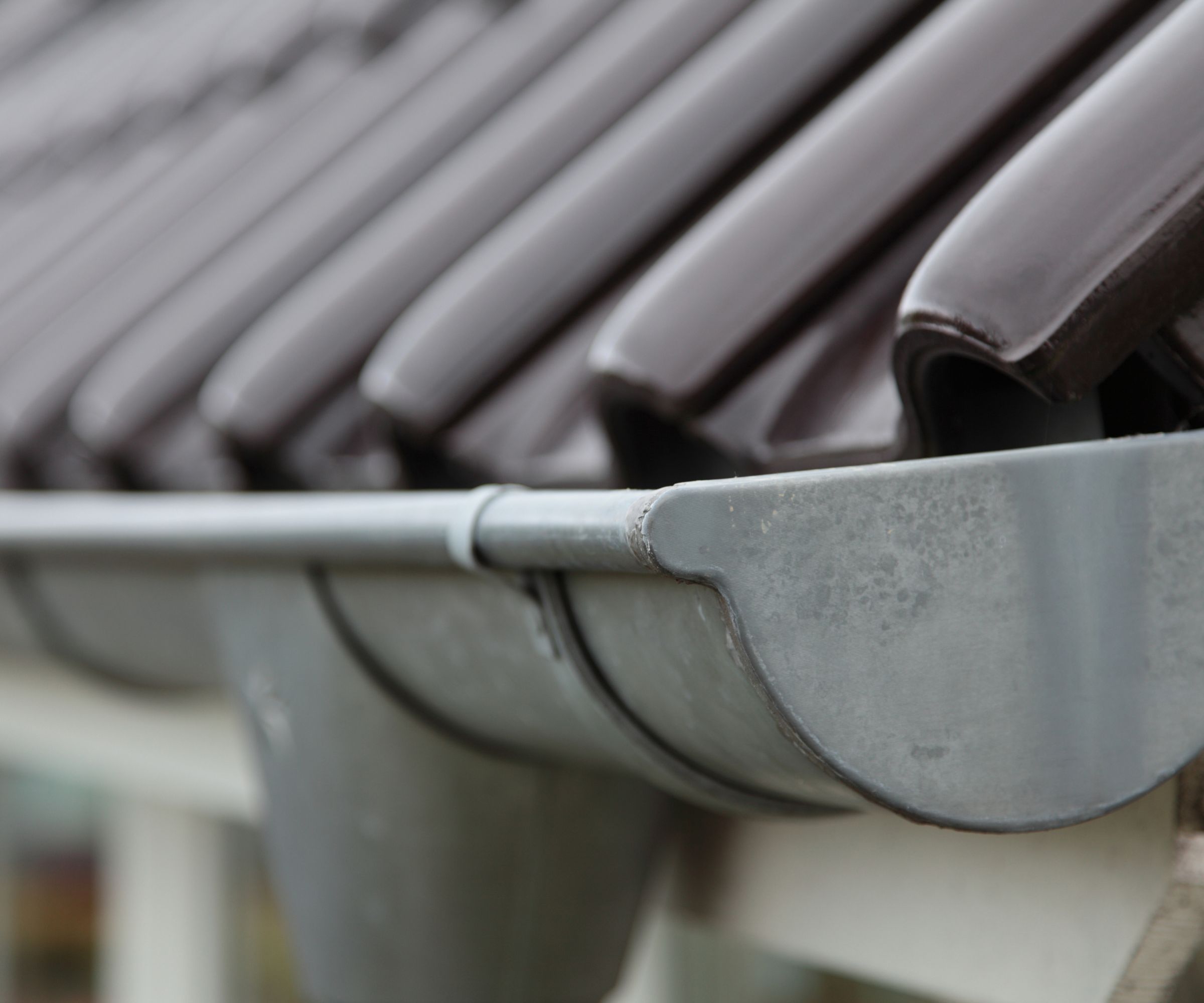
Relying on cheaper but shoddy workmanship can lead to problems where your insulation is concerned.
Scot Rounds, president of Sunray Roofing and Solar, says, 'I worked on a home where the existing addition was also poorly insulated, temperatures varied widely between the old and new sections.
In his experience, homeowners often focus too much on the cost of insulation materials without thinking of the quality that will be lost if this is an area that ends up being skimped on. Whilst budgeting well and realistically is the key to getting a project done on time without breaking the bank, you have to know where to pick your battles for the spread of the spend.
Scot says, 'The key to avoiding a terrible addition is thinking about how you’ll use the space and investing in high-quality, cohesive design and materials. Partner with an experienced contractor who cares about design, insulation, and seamlessly tying the addition into your existing home. Spending more upfront on skill and materials will save headaches and dollars for years to come.'
Joshua Riutta, owner of Mikku and Sons Roofing says, 'I often see ventilation issues, where there is insufficient or improper ventilation in the attic space in home additions. Poor ventilation can lead to moisture buildup, mold growth, and a reduced roof lifespan, as well as negatively affect indoor air quality.'
The experienced roofer explains this problem is often overlooked during the planning stages or neglected due to cost-cutting measures, with is a remodeling mistake. 'To avoid this, homeowners should ensure that adequate ventilation is included in their home addition plans and consult with a roofing professional to determine the appropriate amount of ventilation needed,' Joshua adds.
3. Lighting problems
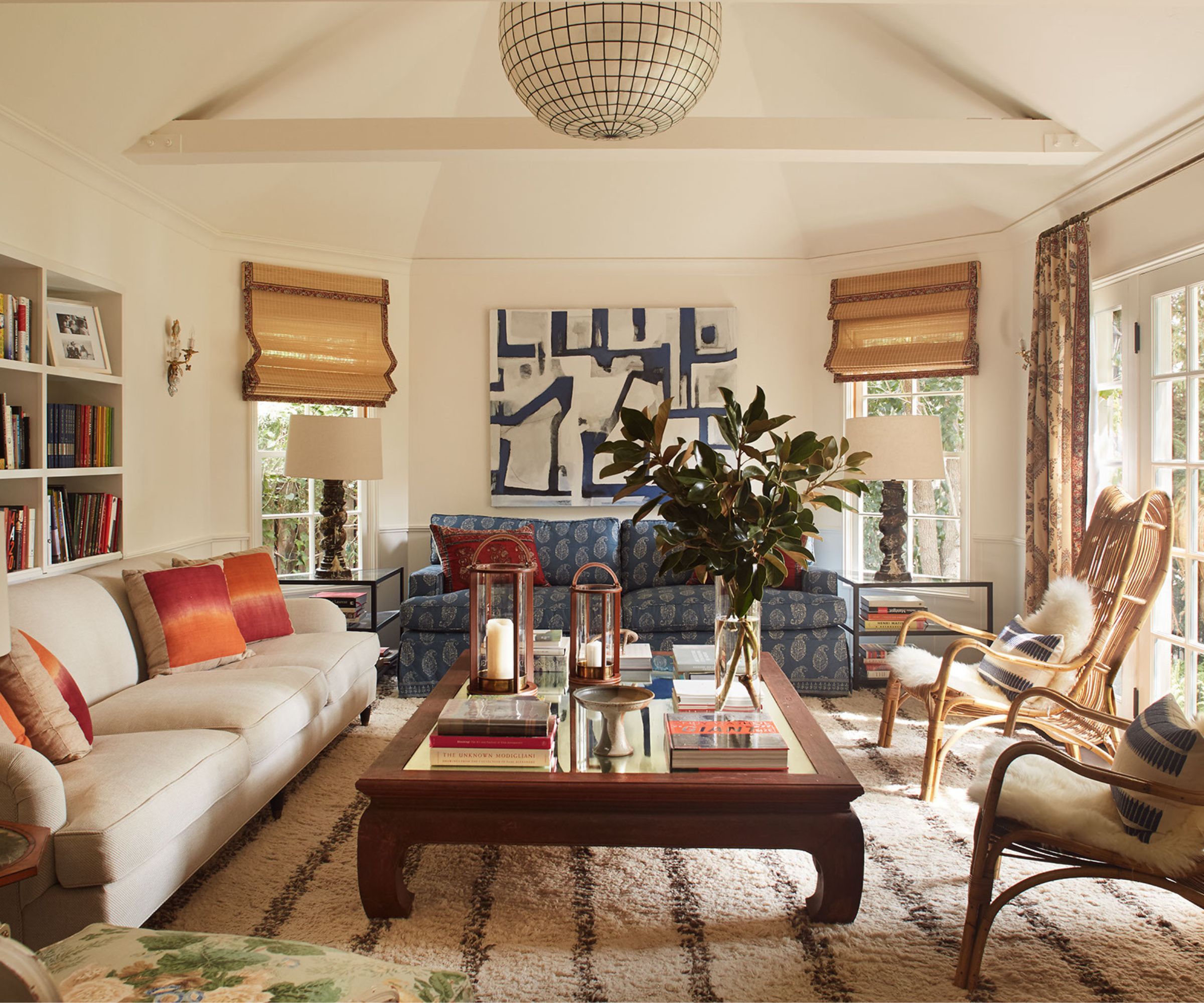
A bright and well-thought-out home with great dual-aspect natural light
Keeping your home bright and airy is a core facet of interior design, but what about when it comes to construction?
Austin Skoog says, 'Natural light is crucial for any living space. A poorly placed addition can block out light, creating dark, gloomy interiors. Conversely, too much light can lead to glare and overheating.'
Whilst you can pick one of the best paint colors for rooms without much natural light, it's not just aesthetics that you'll encounter.
In extreme cases, this can end up leading to damp and mold problems as well as ruining the flow and aesthetic of the original space.
4. Problems with the foundations
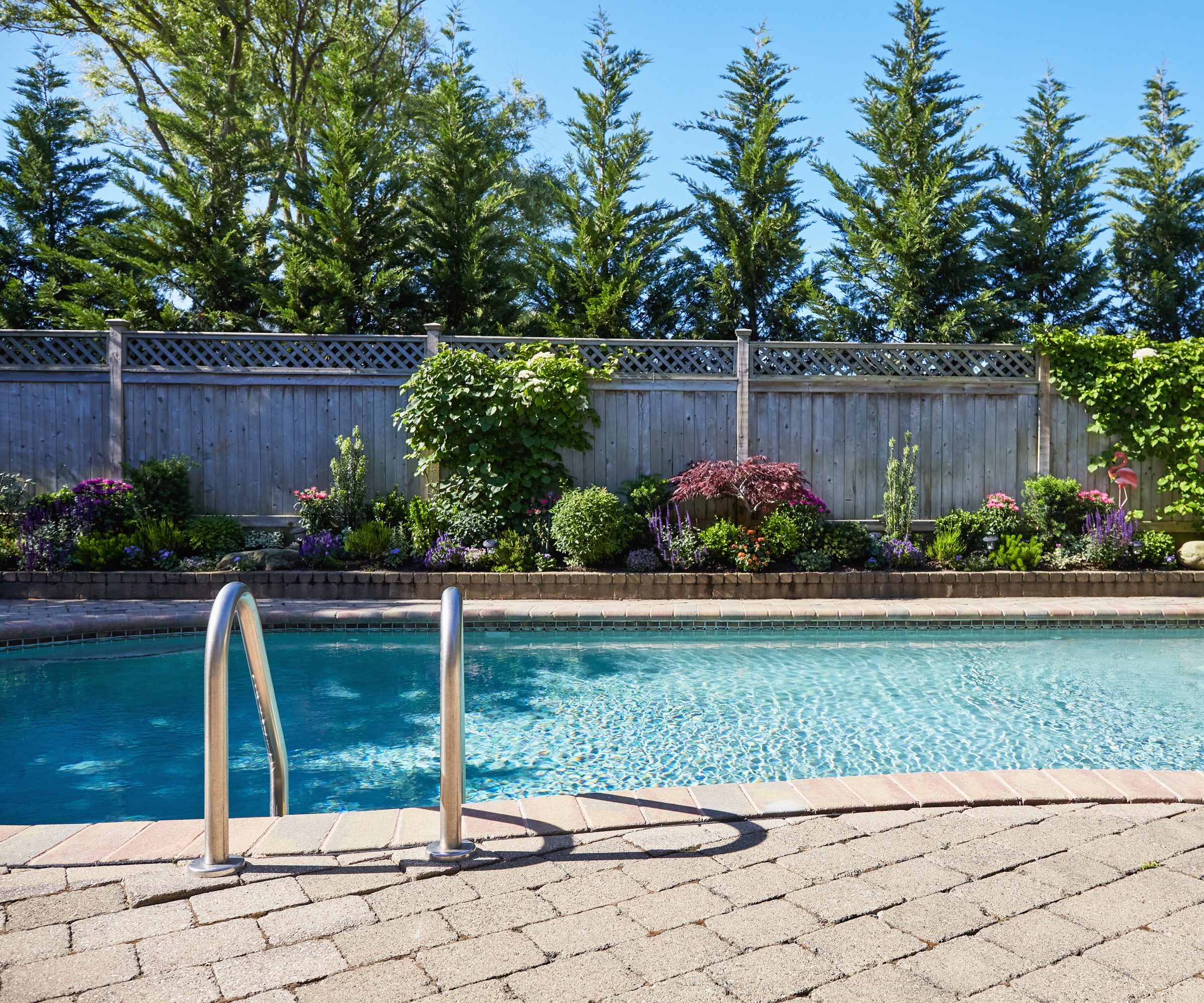
Having a solid foundation is the backbone of any structure and without a good one suitable for the additions materials, purpose and taking into consideration the ground, landscape, and regional weather, you might end up seriously paying the cost later. Structural issues are one thing you absolutely cannot afford to ignore.
Austin explains, 'If the addition's foundation isn't properly prepared or integrated with the existing one, it can lead to structural issues down the line. Wall and ceiling cracks, settling, and water damage are common consequences.'
This will not only cause you problems when living in it, but become a nightmare when it comes time to sell. Don't skip over highly-rated and experienced (and therefore more costly) construction experts to do the job. The architects and structural engineers who work on the plans and schematics are just as important.
If it means saving up for longer to get the better construction team (and the perfect architect) in, it'll be worth the wait – and extra spend.
5. Roofing errors
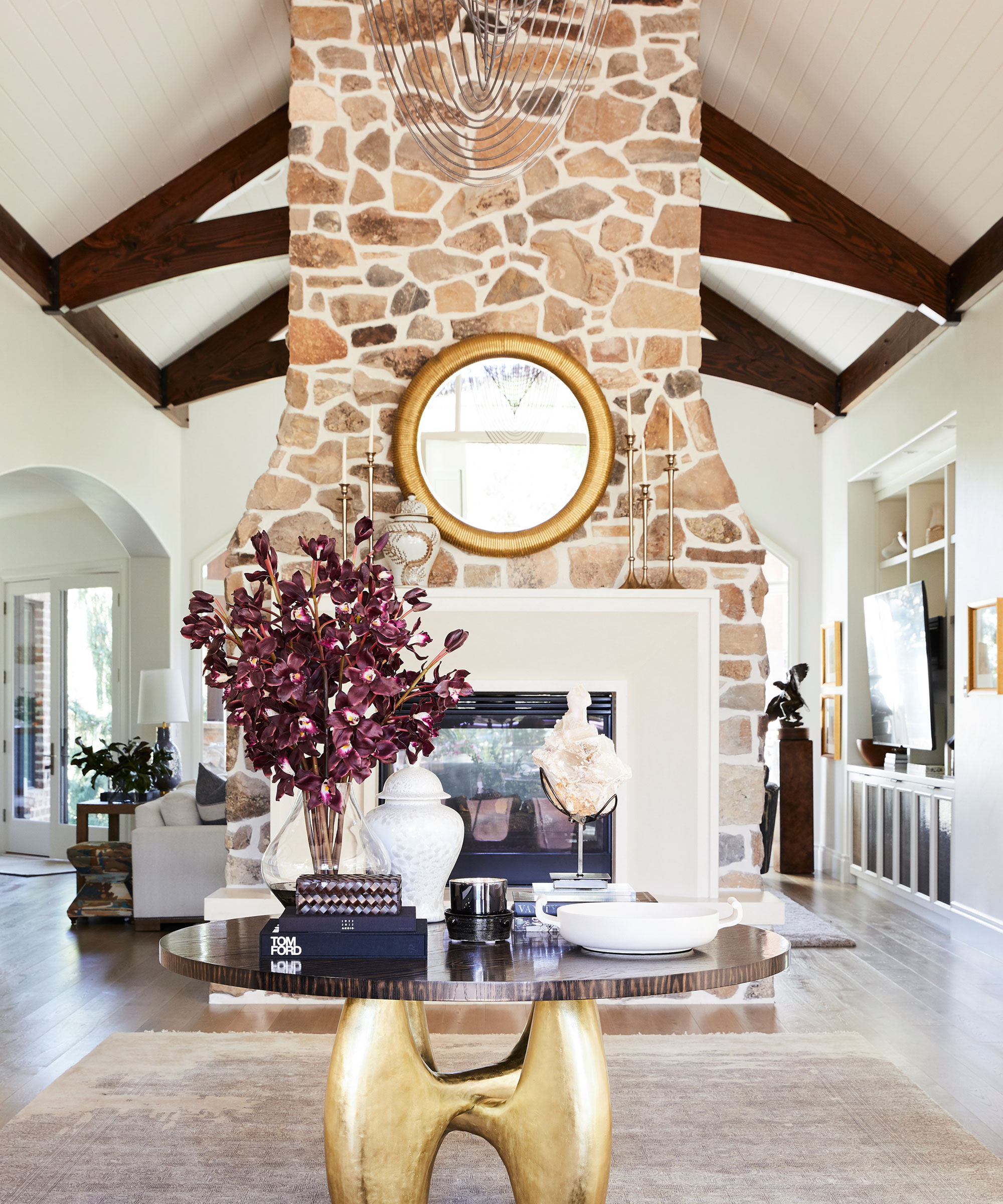
A beautiful and well-constructed chimney breast
Joshua Riutta, a seasoned roofer, has seen many home additions that could have been executed much better.
He says, 'Some of the most common issues I notice include roofline discontinuity, where the roofline between the old and new sections doesn’t match. This mismatch in pitch, material, or style creates an unbalanced and unsightly look, and can lead to water damage if not properly addressed.'
This often happens due to poor planning or attempts to cut costs by using different materials. Joshua advises the best way to avoid this issue is to insist on a seamless transition between the old and new rooflines with your team and consulting with a roofing professional to ensure proper ventilation and drainage.
Another frequent problem is inadequate flashing, usually galvanized steel that is used to direct water away from areas where two materials meet. Joshua explains, 'I've seen flashing around chimneys, vents, and other roof penetrations either poorly installed or missing entirely. This is a major cause of leaks, which can result in water damage to walls, ceilings, and insulation inside the home.'
This usually comes about as a result of inexperienced or rushed workmanship. 'To prevent this,' Joshua says, 'it’s important to hire a qualified contractor with experience in roof flashing and regularly inspect the flashing for signs of wear or damage.'
Roof material mismatch can also lead to compatibility issues between the old and new areas of a home addition. This often happens because of cost differences or the availability of materials. Joshua adds, 'The best way to avoid this is to choose a consistent roofing material for the entire roof or select complementary materials that blend well together.'
Why do these things go wrong in home additions?
- Lack of planning: Insufficient planning is a major culprit., Austin says. Homeowners might focus on the interior without considering how the addition will look from the outside. Learn about the must-have things to consider before a remodel.
- Budget constraints: Sometimes, cost-cutting measures lead to compromises in quality and aesthetics. Instead, work on smart ways to source good building materials for less.
- Incompetent contractors: Unfortunately, not all contractors are created equal. A lack of experience or skill can result in a bad home addition.
- Ignoring local building codes: Building code violations can have serious consequences, including safety hazards and structural problems.
How to swerve these bad home addition problems
- Hire a qualified contractor: Research and choose a contractor with a proven track record and good reviews, Austin says.
- Create a detailed plan: Work with an architect or designer to develop a comprehensive plan for the addition and avoid renovation burnout.
- Consider the big picture: Think about how the addition will impact the overall look and feel of your home.
- Prioritize energy efficiency: Incorporate energy-efficient features like proper insulation and high-quality windows.
- Don't skimp on materials: Invest in quality materials for a long-lasting and attractive addition.
- Obtain Necessary Permits: Ensure all required permits are in place before starting construction.
By following these top spots from our panel of seasoned homebuilding and renovation professionals, you'll increase increase the chances of a successful home addition that enhances both the functionality and curb appeal of your property.
Next, delve into the things construction pros always spot in bad bathroom remodels.

Punteha was editor of Real Homes before joining Homes and Gardens. She has written and edited wellbeing, lifestyle, and consumer pieces for the national press for 17 years, working across print and digital newspapers and magazines. She’s a Sunday Times bestselling ghostwriter, former BBC Good Food columnist and founding editor of independent magazine, lacunavoices.com. Punteha loves keeping her home clean, has tested and reviewed the latest robot vacuums and video doorbells, enjoys cooking, DIY, decluttering and spending weekends improving her newly-built home. Punteha is disabled and in chronic pain, so small, paced projects that bring big impact and make her household run smoothly are her focus.